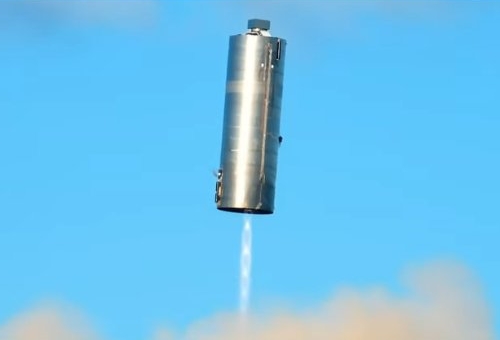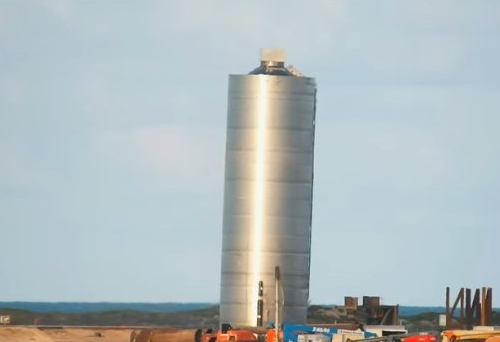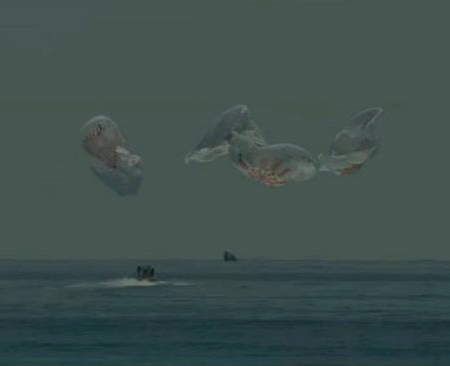Endeavour at Cape, being prepped for next flight
Capitalism in space: Endeavour, SpaceX’s Dragon capsule that was the first to fly two astronauts to ISS, has now arrived at the company’s facility at Cape Canaveral, where it will be inspected, refurbished, and prepped for its next manned flight in the the spring of 2021.
SpaceX teams at Cape Canaveral will remove the exterior panels from the Crew Dragon spacecraft, and begin inspections to assess how the spacecraft weathered its 64-day space mission, according to Benji Reed, SpaceX’s director of crew mission management. “We want to make sure that we kind of dig deep and understand everything that’s gone on with this vehicle, make sure we’re really ready to go, and then do some of the aspects of the refurbishment,” Reed said. “There are some things that we will replace, some things that are standardly replaced, some things that we want to upgrade based on lessons learned, or that were already planned in work.”
SpaceX will still need to build a new trunk for each Crew Dragon mission. The trunk is an unpressurized module mounted to the rear of the Crew Dragon capsule, providing electrical power with solar arrays, and radiators to maintain steady temperatures inside the spaceship.
I guarantee the company will use what it learns in this inspection to improve later Dragon manned capsules. Right now they plan on from 5 to 10 flights per capsule. Since their contract right now only calls for six flights, that likely means the company only needs to build at most three to cover this NASA contract. However, NASA is certain to extend that contract, since six flights will only cover about two to three years, and ISS will be manned longer than that. Moreover, SpaceX has at least two tourist flights booked, so that calls for additional capsules as well.
Either way, we must shift our thinking. These might only be Dragon capsules, but they each get a name because each will fly more than once. It is thus appropriate to use that name instead of just calling them Dragon.
Capitalism in space: Endeavour, SpaceX’s Dragon capsule that was the first to fly two astronauts to ISS, has now arrived at the company’s facility at Cape Canaveral, where it will be inspected, refurbished, and prepped for its next manned flight in the the spring of 2021.
SpaceX teams at Cape Canaveral will remove the exterior panels from the Crew Dragon spacecraft, and begin inspections to assess how the spacecraft weathered its 64-day space mission, according to Benji Reed, SpaceX’s director of crew mission management. “We want to make sure that we kind of dig deep and understand everything that’s gone on with this vehicle, make sure we’re really ready to go, and then do some of the aspects of the refurbishment,” Reed said. “There are some things that we will replace, some things that are standardly replaced, some things that we want to upgrade based on lessons learned, or that were already planned in work.”
SpaceX will still need to build a new trunk for each Crew Dragon mission. The trunk is an unpressurized module mounted to the rear of the Crew Dragon capsule, providing electrical power with solar arrays, and radiators to maintain steady temperatures inside the spaceship.
I guarantee the company will use what it learns in this inspection to improve later Dragon manned capsules. Right now they plan on from 5 to 10 flights per capsule. Since their contract right now only calls for six flights, that likely means the company only needs to build at most three to cover this NASA contract. However, NASA is certain to extend that contract, since six flights will only cover about two to three years, and ISS will be manned longer than that. Moreover, SpaceX has at least two tourist flights booked, so that calls for additional capsules as well.
Either way, we must shift our thinking. These might only be Dragon capsules, but they each get a name because each will fly more than once. It is thus appropriate to use that name instead of just calling them Dragon.






